Fernandez D, Kast D, Kast W M. Combating racial disparity in children’s public health education and literature. HPHR. 2023;72. https://www.doi.org/10.54111/0001/TTT2
Racial disparities in public health persist due to unequal representation of race in lectures, textbooks, case studies, and even clinical training in both health related and biomedical education. This racial disparity is also apparent in children’s literature. Children’s literature predominantly features white main characters, which is particularly true when looking at science books. To address these issues, the authors created an oncology book that featured not only illustrated characters of color but also highlighted a scientist of color in the oncology field. The book uses a kid-friendly approach to address topics such as cancer symptoms, uncontrolled cell division, metastasis, cancer prevention, cancer treatments and how to provide support for someone who has cancer. One of the book’s goals was to debunk myths related to cancer and provide a resource to initiate conversations about cancer for children and their families. The Oncology Book was framed from a Science, Technology, Engineering, Arts, and Mathematics career with an emphasis on health equity and social justice; therefore, it features illustrated characters of color and a real-life scientist who identifies himself as both Latino and Black who documents his work as a cancer researcher and discusses pathways into various careers in oncology. He also encourages preventative and promotional health behaviors. This article discusses the need for the creation of this free online resource (available in English and Spanish) for healthcare professionals, researchers, and educators along with a paired lesson plan that is aligned with the Next Generation Science Standards.
Public entities like the Center for Disease Control have declared a commitment to eliminating racial health disparities as racism has been recognized as a public health crisis1,2. Racial health disparities persist for patients as well as the healthcare workforce. One essential approach to eliminating racial health disparities is through public health education interventions3,4. Public health education generates competencies and skill sets that are foundational to a student’s public health knowledge. Regarding medical training, the formal curriculum emphasizes quality of care. However, scholars are now paying increasing attention to the role of the “hidden curriculum” which includes the uncritical aspects of medical training in the form of unequal representation in lectures, textbooks, case studies, and clinical trainingTo address this unequal representation, we created a 10 book children’s literature series addressing STEAM (science, technology, engineering, art, and math) education7. Here, we describe the creation, dissemination, and impact of one of these books: STEAM Powered Careers: and emphasize the importance of representation in public health-related children’s literature (Figure 1)8.
Figure 1: Authors Dr. Dieuwertje Kast, Dr. W. Martin Kast, and featured scientist DJ Fernandez hold their English and Spanish copies of their oncology book that was showcased at the book assemblies. Photo by Dieuwertje Kast
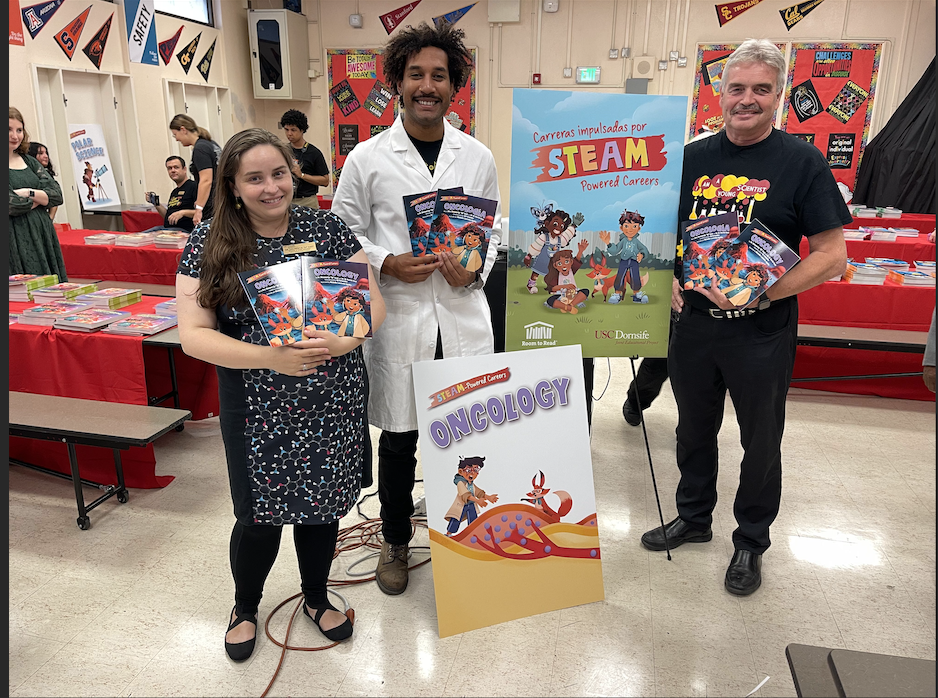
To address these issues of equity, access, and representation in children’s literature, STEAM Powered Careers book series was created as a partnership between the non-profit publisher, Room to Read, and the University of Southern California (USC). We provided the 10 book series to the students of seven Los Angeles Unified School District elementary schools within urban, inner-city environments and under the Title 1 program from the California Department of Education, which provides funds based on the level of poverty within a school’s attending area9. The student population, demographically comprised of Hispanic or Latina/o (~80% ), Black or African American (~13%), and American Indian or Alaska Native (0.1%) was considered economically disenfranchised as well as racially and ethnically underrepresented in the health sciences9,10.
The series featured voices from diverse authors and centered scientists underrepresented in science. The demographic breakdown of authors and scientists was similar to the student population; 33% Hispanic or Latina/o, 33% Black or African American, 11% Asian, and 22% White or Caucasian American11. The three main characters throughout the series were created to represent the students we wrote the books for: Cora as a black female, Jae as an Asian male, and Mia as a Latina female (Figure 2). Approximately 36% of the student population identified as English language learners. 98% identified Spanish as their first language. As such, we practiced culturally relevant pedagogy by producing over 90,000 books in both English and Spanish – students then had a choice of which language to receive titles in. Additionally, the entire series is available online alongside paired lesson plans. Assemblies were hosted at each school to distribute books followed by a read aloud led by an author and/or a scientist while the students followed along.
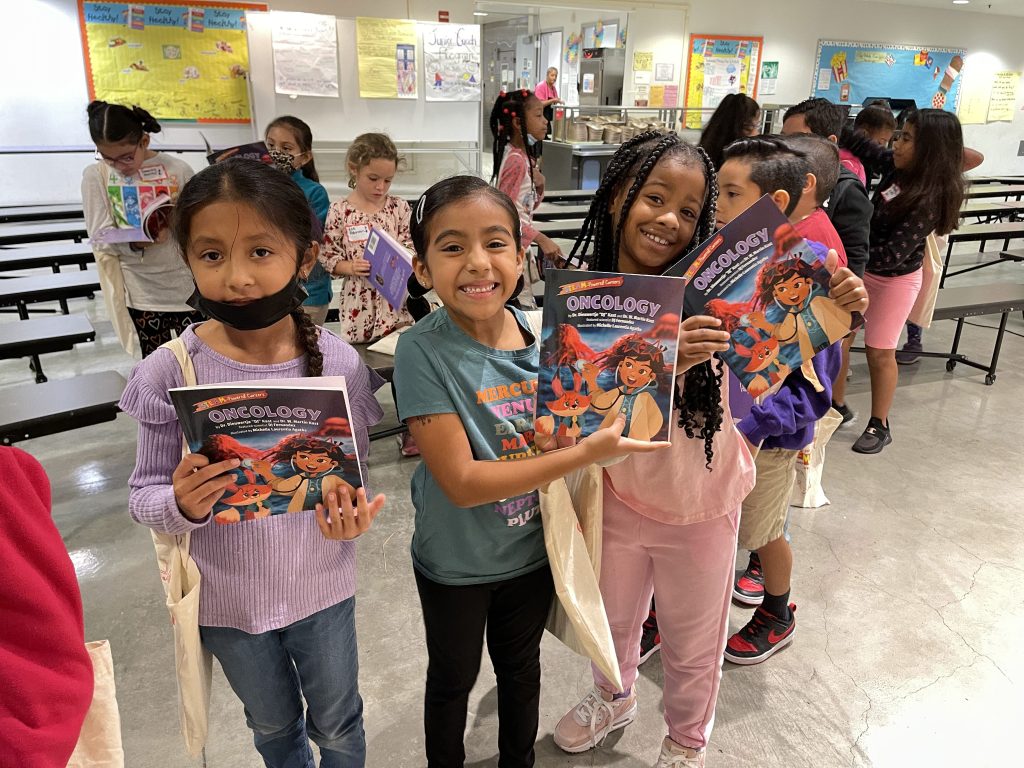
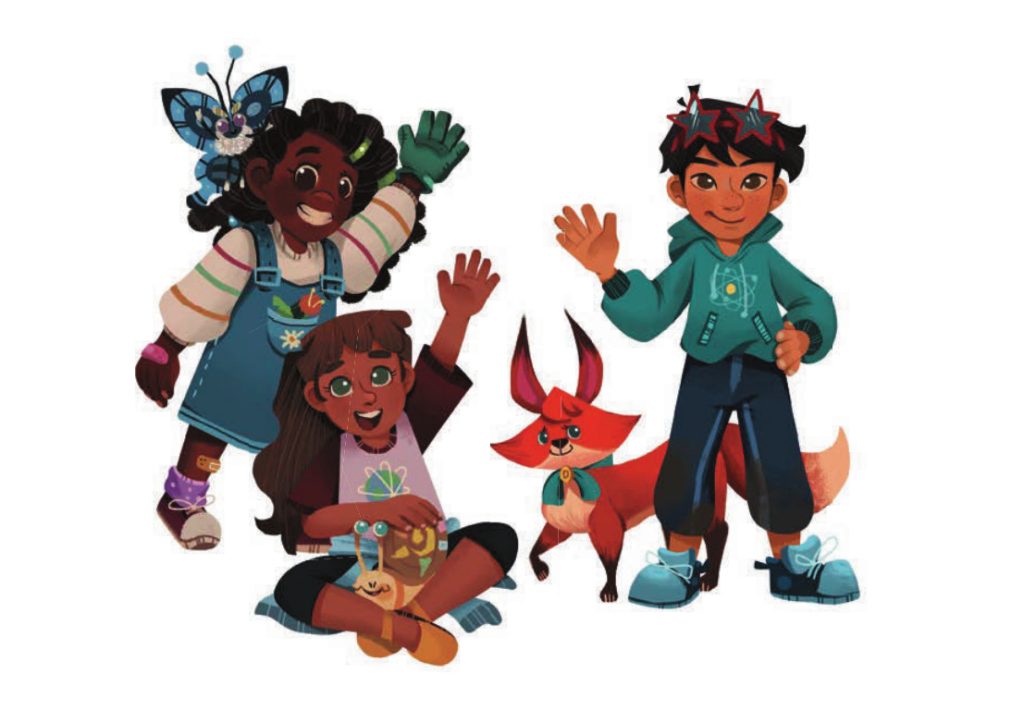
Figure 2: A) Students at the California Science center holding their oncology book; photo by Dieuwertje Kast. B) Image depicting the three main characters; contributed by Room to Read.
Four of the books that covered clinical topics also addressed public health needs: Heart Surgery, Gastroenterology, Occupational Therapy and Oncology. Each of these books raised awareness of diseases and encouraged preventative and promotional health behaviors including healthy eating and exercise (Figure 3). The books showcased scientists from underrepresented backgrounds who served as role models while describing academic roadmaps to champion a future career within the health sciences. In Oncology, DJ Fernandez, the featured scientist, encouraged a public health career in disease prevention and mitigation (Figure 4).
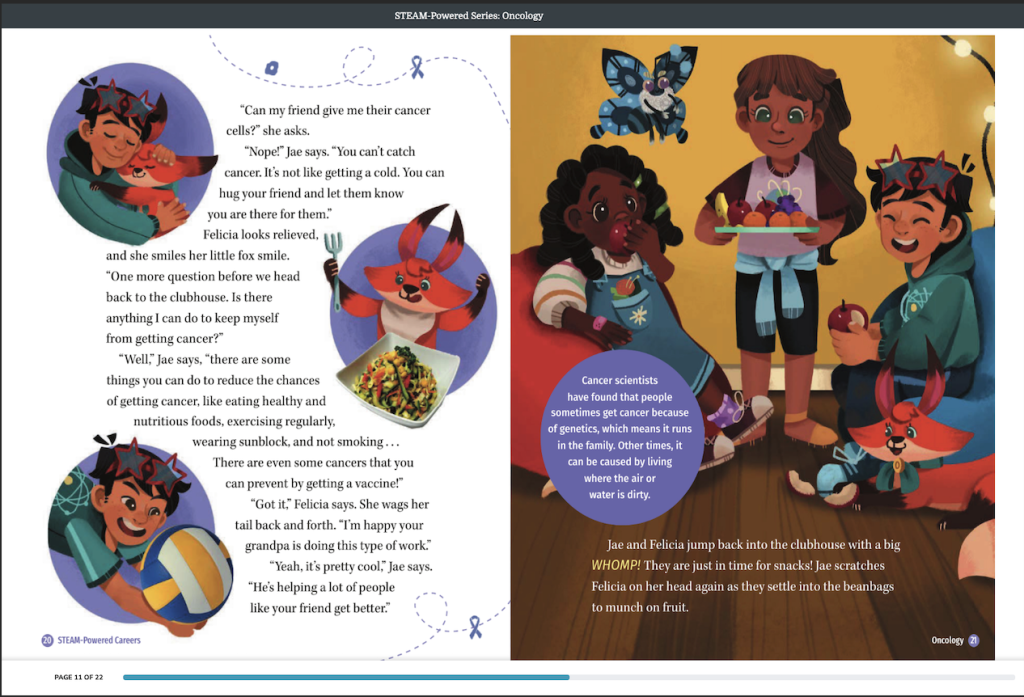
Figure 3: Screenshot of the book pages promoting public health through nutrition. Contributed by Room to Read
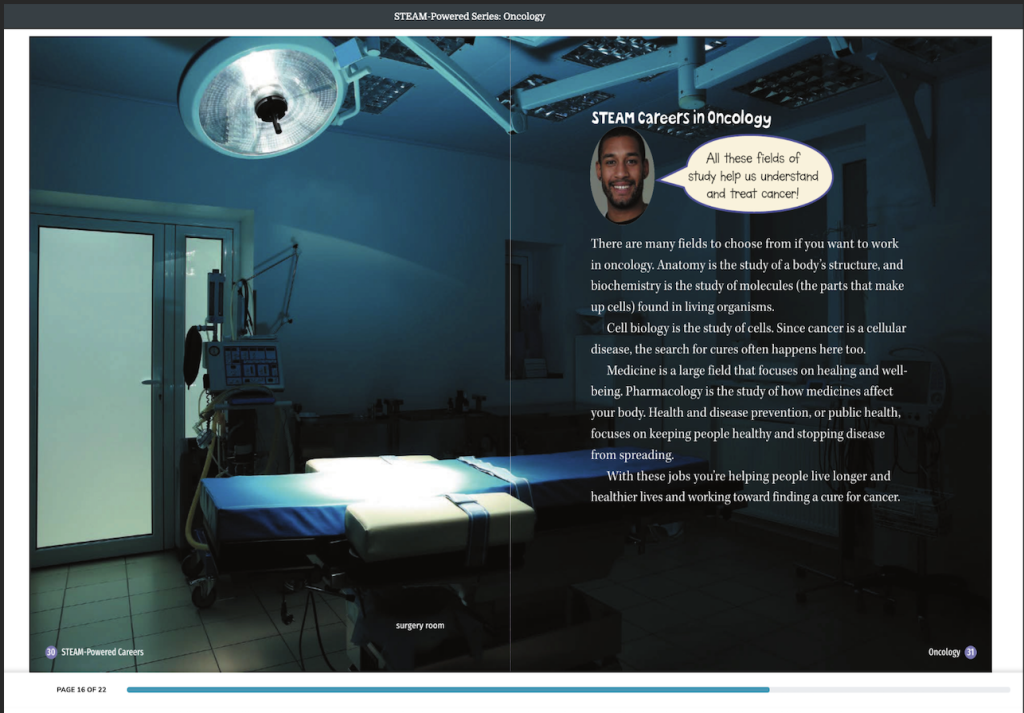
Figure 4: Screenshot of the Book pages that promote Public Health Careers. Contributed by Room to Read
Oncology “focuses on providing elementary school students with a fundamental understanding of various aspects of cancer to reduce fear and anxiety related to the disease. Students were introduced to the scientific background and cutting-edge technologies in the field of oncology through a series of modules focused on oncology, genetics, biotechnology, and nutrition as part of cancer prevention.”12. To spark interest and curiosity about oncological sciences, the book explored signs of cancer, symptoms, and treatment options, including the emerging area of immunotherapy. We also aimed to debunk myths and reduce fear surrounding treatment. On one page, the characters discuss how people can and cannot develop cancer (Figure 3). Radiation took center stage as characters donned personally protective equipment to visit a linear accelerator (Figure 5).
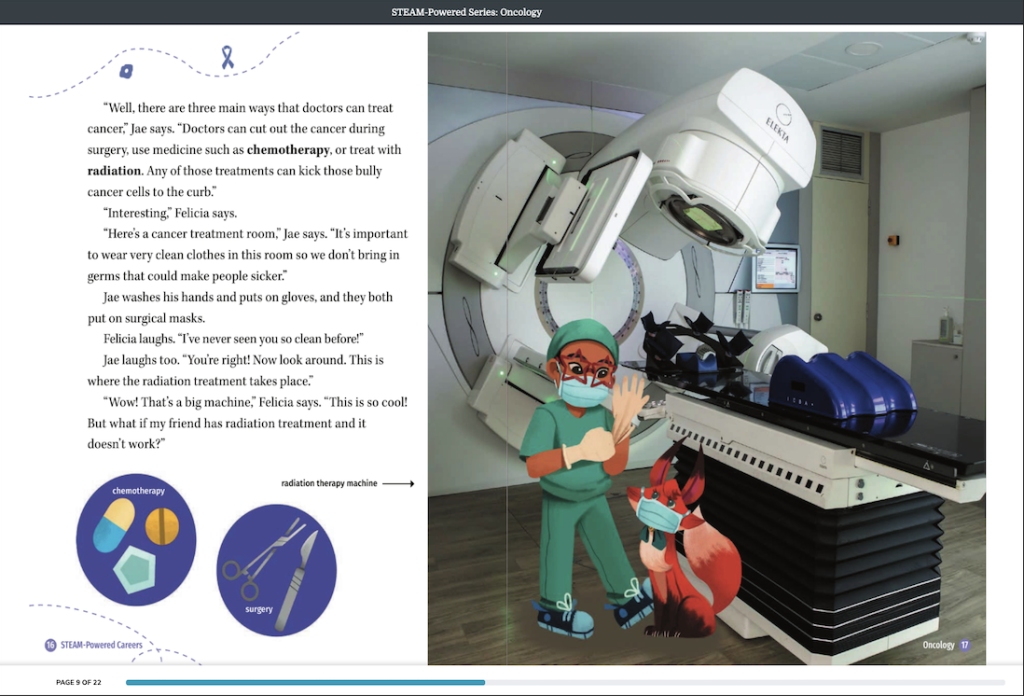
Figure 5: Screenshot of the book pages that feature Oncological Treatments including chemotherapy, surgery, and radiation. Contributed by Room to Read
A total of 28 out of 42 (66.7%) FM residents completed the pre-survey and 32 (76.2%) completed the post-survey on precepting practices (see table 4). Using a 1-7 Likert scale, where higher numbers indicate discussions occurring very often and residents being very satisfied, residents reported that discussions of Ethno-Racial health disparities occurred often during precepting at the Family Health Center (FHC) or at the FM Hospital Service (FMHS) both before the intervention and after. Residents reported overall satisfaction with the clinical teaching about Ethno-Racial health disparities prior to the intervention and slightly higher satisfaction after the intervention. To analyze the qualitative data, a thematic analysis was performed. The qualitative data suggests that 1: Although discussions are being held, they are not occurring as often as residents would like and are dependent on various factors such as race/ethnicity of the patient, the clinical situation, social determinants of health impacting care, time, and preceptor, and 2: Although residents were satisfied, many would like more clinical and didactic teaching on Ethno-Racial health disparities in both inpatient and outpatient settings.
DJ, the featured scientist in Oncology, shows by example that a first-generation Black and Latino kid can follow his dream to study biology and become an educator (Figure 6). At a book assembly at the Dr. Theodore Alexander California Science Center School, DJ read Oncology aloud to 400+ students alongside his scientific mentor and Oncology co-author Dr. W. Martin Kast (Figure 7 & 8). Ms. Stephanie Aldana, a second-grade teacher at the elementary school, had this to say about Oncology (Figure 9):
“Many of my students and I resonated with this book. This book was particularly impactful to me because in the school year ‘19-‘20 I lost a first-grade student named Andrew Flores to a rare form of liver cancer. My class and I spent 7 months with him before he was diagnosed with stage 3. It was very difficult for me to explain to the class that he was ill because they wanted specifics. I had a very difficult time teaching and coping. He passed in the year 2020. When the Oncology book was presented to my class, I felt like it was a full circle moment for Andrew and my career. The book Oncology presents cancer in a student-friendly way that allows the child to understand the science.”
While the print copies of the book series were created to serve a specific population of students, we made the series widely and freely available online through the publisher’s site. The books are paired with lesson plans in English and Spanish that follow Next Generation Science Standards for hands-on activities that can be conducted at home or at school13. These exercises reinforce what students learned from the books and help create lasting knowledge.
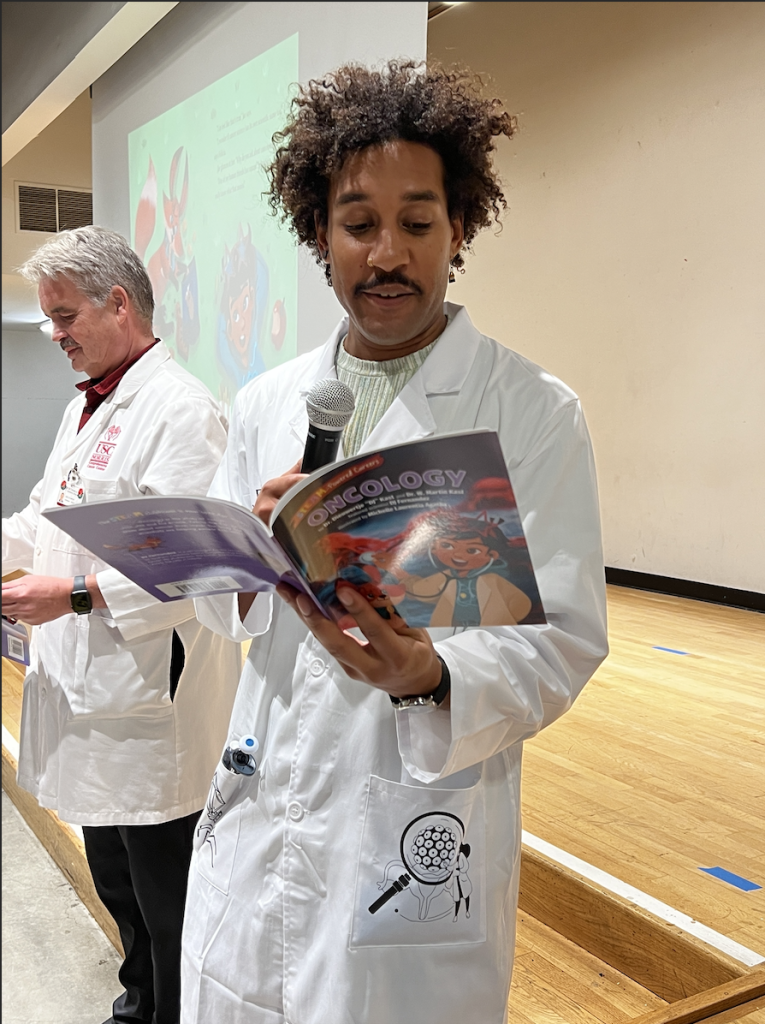
Figure 6: Featured scientist DJ Fernandez & author Dr. W. Martin Kast reading their book aloud to 400 elementary students. Photo by Dieuwertje Kast

Figure 7: Closeup of a projection of the oncology book that was being read to the students during the book assembly at ACSC. Photo by Dieuwertje Kast
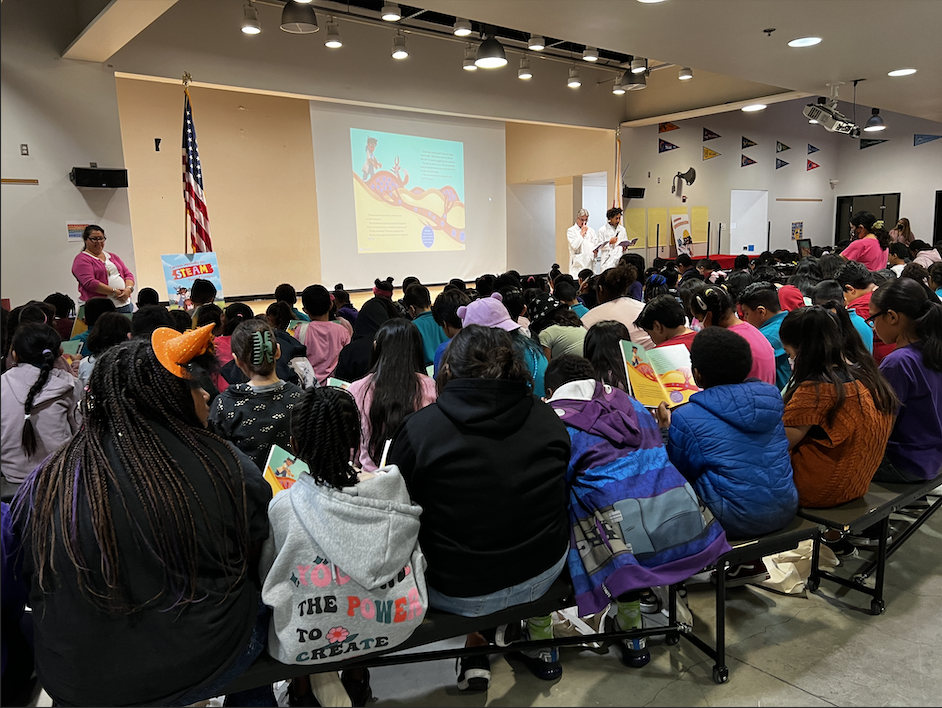
Figure 8: Book Assembly photos. Photo by Dieuwertje Kast
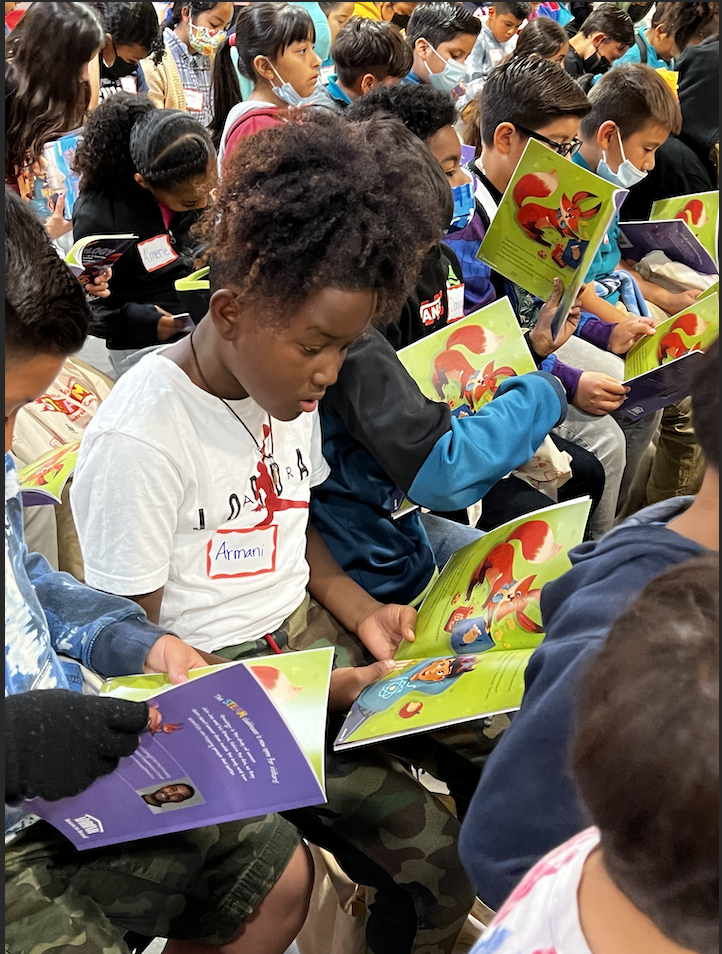
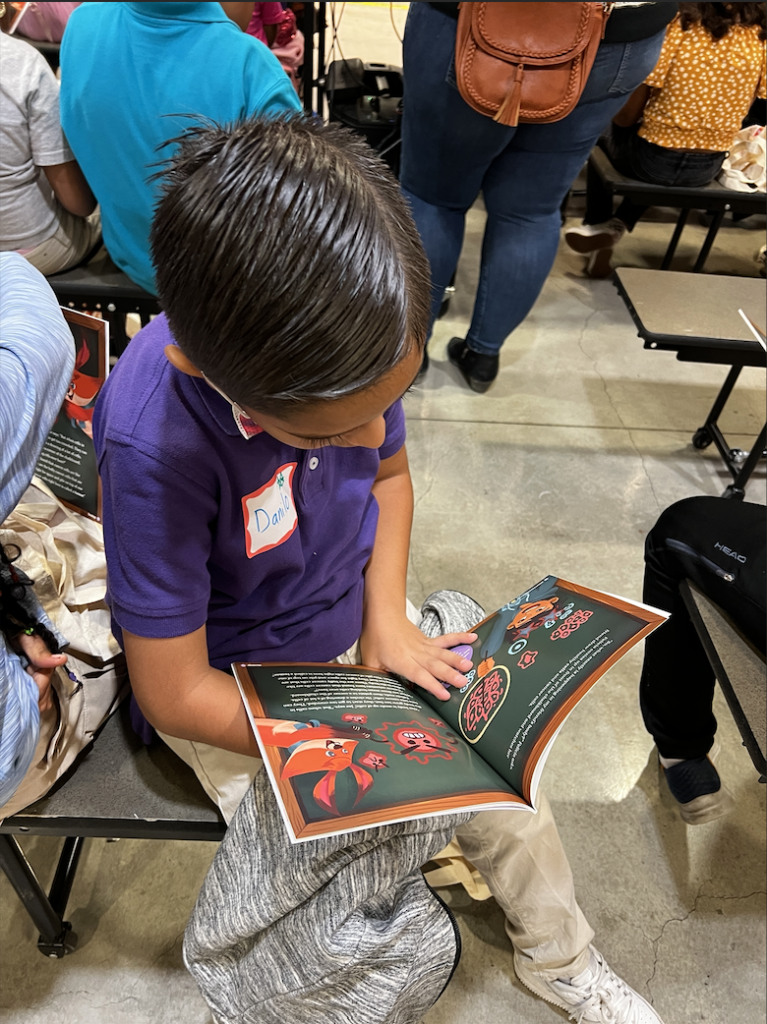
Figure 9: Students reading the oncology book. Photo by Dieuwertje Kast
Many racial disparities in overall health are rooted in early childhood14–17. This is borne in society in part by the lack of equity, access, and representation in children’s literature6,18. We felt that for us to be most effective in leveraging our resources to conducting socially conscious public health action, we needed to create a project that focused on serving our own community. Accordingly, we created this book series to both educate students while also encouraging them to pursue careers in health science. In order to do so, we needed to address two important barriers – the fears that students from our local communities and their families feel surrounding the healthcare system due to their historical mistreatment, and the lack of representation in the healthcare workforce by people that come from similar racial and ethnic backgrounds that they come from. We addressed these barriers by including text and images that demystify medicine and health care clinics, and by featuring Black and Brown scientists, multiple of whom grew up in the same neighborhoods as students that received our books. Our approach can be adapted for other urban environments as well, as many universities in the United States are nearby low-income communities with public health concerns stemming from similar roots. In summary, STEAM Powered Careers addressed several public health needs: it joined the effort to bring social justice to children’s literature, brought disease awareness, promoted preventative behavior, and encouraged people from backgrounds underrepresented in the healthcare workforce to explore STEAM careers.
The STEAM Powered Careers launch is part of a much wider effort to serve the public health needs of our local communities. Through the University of Southern California’s Joint Educational Project, the authors and scientists involved in STEAM Powered Careers have developed semester-length curricula to establish health-science literacy in elementary school children. Moving forward, we plan to create more literature, appropriate for a wider range of ages and communities within Los Angeles, that delves deeper into the social determinants of health as well as preventative and promotional health behaviors. We plan to address the role of the environment on health as well. Our vision is to establish k-12 public health education here in Los Angeles, and we hope to write policy to allocate state funds for public health education and outreach within nearby communities. We believe that communities in South Central Los Angeles deserve the best possible healthcare available which includes access to the knowledge necessary to make informed health-related decisions. We also believe that these communities can be pipelines into the healthcare workforce, and that it will require efforts like STEAM Powered Careers from those of us within university and healthcare systems.
Our Oncology curriculum for elementary school underrepresented minority students was supported by the USC/Norris Comprehensive Cancer Center and the USC Good Neighbors Campaign (Grant 85632). Funding for the book series was provided by Room to Read in partnership with Tatcha. We’d also like to thank our partner elementary schools (Dr. Theodore T. Alexander Jr. Science Center School, Lenicia B. Weemes Elementary, Norwood Street Elementary, Vermont Ave Elementary, Foshay Learning Center, Thirty-Second Street USC Performing Arts Magnet School, and John Mack Elementary) for hosting our book assemblies and assisting with the distribution of 90,000 to low-income students of color.
The authors have no relevant financial disclosures or conflicts of interest.
Daniel Jake “DJ” Fernandez is a PhD candidate in the lab of Dr. W. Martin Kast at the University of Southern California. His research at the USC/Norris Comprehensive Cancer Center involves the uptake of the cancer-causing human papillomavirus by skin cells. Previously, he conducted research within the Trans-NIH RNAi Facility as well as the Tissue Bioprinting Program at the National Institutes of Health. He received bachelor’s degrees in science studying immunology & infectious disease as well as toxicology at the Pennsylvania State University. On Weekends, he teaches middle and high school science and math through USC’s Neighborhood Academic Initiative (NAI), and routinely gives guest lectures to elementary school students through USC’s Joint Educational Project.
Dieuwertje Jasmijn “DJ” Kast, MS, MAT, Ed.D., is the Director of STEM (Science, Technology, Engineering, and Math) Education Programs for the University of Southern California’s (USC) Joint Educational Project, which includes managing the Young Scientists Program, Medical STEM Program, and Wonderkids. She has provided STEM instruction to over 31,000 underserved students, 900 educators, 20 school principals, and countless community members. She holds a doctorate in education, focusing on Teacher Education in Multicultural Societies in STEM at USC. She received her master’s degree in education and biology teaching credential from the USC Rossier School of Education and she received her bachelor’s degree in biology and a Master of Science in Marine Environmental Biology in 2011 from USC. Her mission is to level the playing field for underserved students in STEM. She has coordinated the creation and publication of a STEAM Powered Career children’s book series that features main characters of color and scientists of color for elementary school students.
Dr. W. Martin Kast, PhD, is a professor of Molecular Microbiology & Immunology, Obstetrics & Gynecology, Urology and Otolaryngology at the University of Southern California in Los Angeles. His research at the USC/Norris Comprehensive Cancer Center entails the development of immunotherapeutic treatments of HPV induced cancers. He also is a guest lecturer on science topics, including oncology, at multiple elementary, middle, and high schools for underrepresented students. He received all his formal training at the University of Amsterdam in the Netherlands.
HPHR.org was designed by ComputerAlly.com.
Visit HPHR’s publisher, the Boston Congress of Public Health (BCPH).
Email communications@bcph.org for more information.

Click below to make a tax-deductible donation supporting the educational initiatives of the Boston Congress of Public Health, publisher of HPHR Journal.![]()